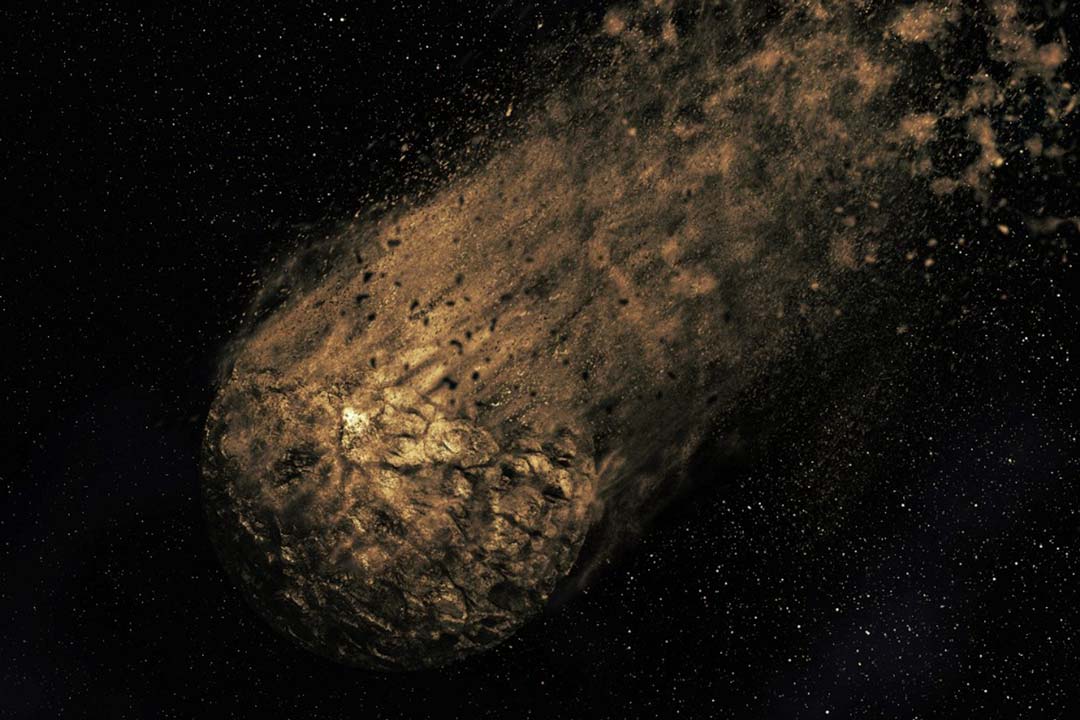
In 2023, debris from a satellite owned by Elon Musk’s SpaceX crashed into a number of districts in western Uganda over a 40-kilometer radius, including Kyegegwa, Sembabule, Kyenjojo, and Nakivale. Although no casualties were reported, the debris caused significant property damage, with one large piece of debris puncturing a roof in Nakivale village.
Fragments made from durable material like carbon fiber survived re-entry into the earth’s atmosphere largely intact. The size and weight of the debris had the potential to cause significant damage to both the human population and property, especially in densely populated areas.
The United Nations Outer Space Treaty, which holds nations responsible for damages caused by their space objects, provides an avenue through which countries can seek redress when foreign orbital debris breaches their airspace.
Initially, Uganda pondered pursuing legal action against SpaceX and had until May 2024 to follow up its case. It remains unclear what steps, if any, in this direction were taken. It is worth noting that in the past, SpaceX has cooperated in clean-up efforts in incidents involving its space voyages, but has maintained that most of its debris burns up upon re-entry.
This incident has highlighted concerns about the growing risk of space debris especially as more privately owned companies launch satellites. Uganda’s legal move could set a significant precedent in addressing the accountability of space-voyaging nations and companies.
Orbital debris falling out of the sky is not isolated or unique to Uganda. On the 27th of April 2000, three pieces of space debris crashed into three separate locations in South Africa’s Western Cape. The first piece, a large cylindrical stainless steel tank, fell on a dairy farm near Durbanville. The second piece, a titanium sphere, landed in the vineyard of a farm near Worcester, and the third piece of debris, a conical section of a combustion chamber, in a different vineyard near Robertson town.
Witness accounts describe glowing balls traveling at super-fast speeds descending to earth, and remaining white or red hot after hitting the ground, with accompanying thunderous explosions. The debris that crashed into South Africa’s Western Cape in 2000 was established to be the remains of a GPS navigational satellite for the United States Airforce, sent into orbit in March 1996. The debris had orbited Earth for four years.
Earlier in 1997, still in South Africa, on a farm in the Kouga Mountains in the Cape Province, 2 metal spheres of space debris were found. Eye witness accounts of the incident mirrored what was observed on 27th April 2000. According to Wikipedia (NASA), an average of one cataloged piece of debris has fallen back to Earth each day for the past 50 years.
These are not the only cases on record. According to Wikipedia, in 1969, five sailors on a Japanese ship were injured when space debris from what was believed to be a Russian spacecraft struck their boat.
In 1978 a Russian reconnaissance satellite re-entered the earth’s atmosphere over north-west Canada and scattered radioactive debris over northern Canada, some landing in the Great Slave Lake.
In 1979, remains of Skylab, NASA property, fell on the Land Down Under, Australia. NASA was fined $400.
A 7-foot strip of metal, from a Soviet rocket crashed between two homes in California in 1987. Thankfully, no one was injured, or property damaged.
In 1997, in Oklahoma, a woman, Lottie Williams, was hit by a small piece of space debris from a US Airforce Delta rocket that had been launched the year before. Fortunately, she too was not injured.
Come 2001, Space debris from a GPS satellite launched in 1993 crashed into the Saudi Arabian desert. And the following year, a 6-year-old boy, became the first person to be injured by direct impact from space debris. He suffered a fractured toe and a swelling on his forehead after a block of aluminum, weighing 10 kilograms, hit him as he sat under a tree in Shaanxi province of China.
There were more incidents of space debris crashing into Earth in 2003, 2007, 2016, 2020, 2021, and 2022 (four incidents, with the one on 12th May in the Indian state of Gujarat killing a livestock animal and injuring another), 2023 (twice), and 2024 (thrice).
On whether Uganda should sue SpaceX, negotiation is a more viable option. Court battles, especially global lawsuits, drag out and can take decades. Transnational lawsuits are also extremely expensive, with an uncertain final verdict. Engaging SpaceX in dialogue could yield a fruitful partnership and significant investment in orbital technology, and exploration of how to de-clutter space debris in Earth’s orbit safely.
